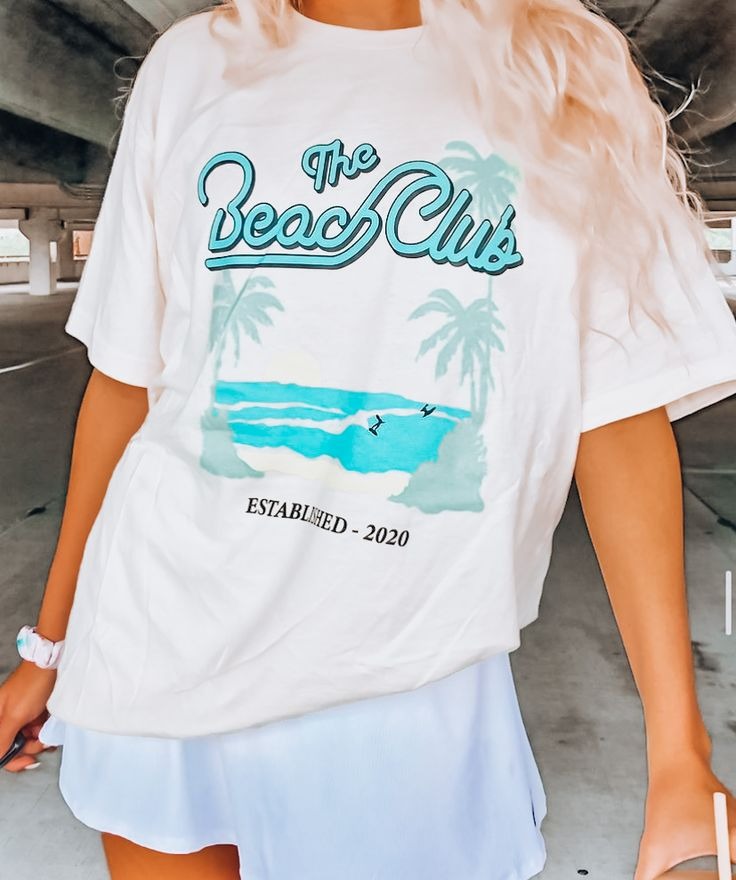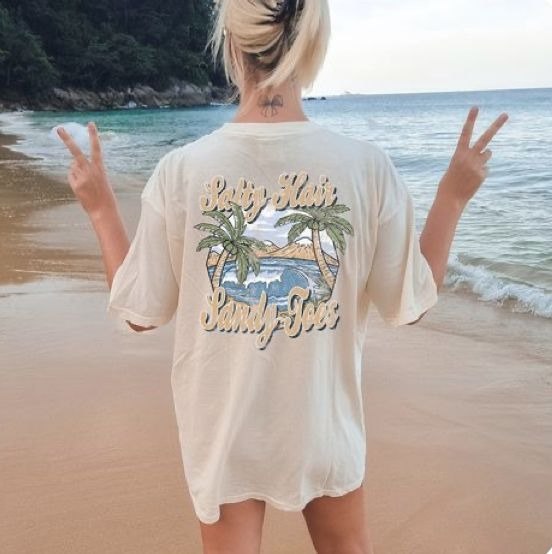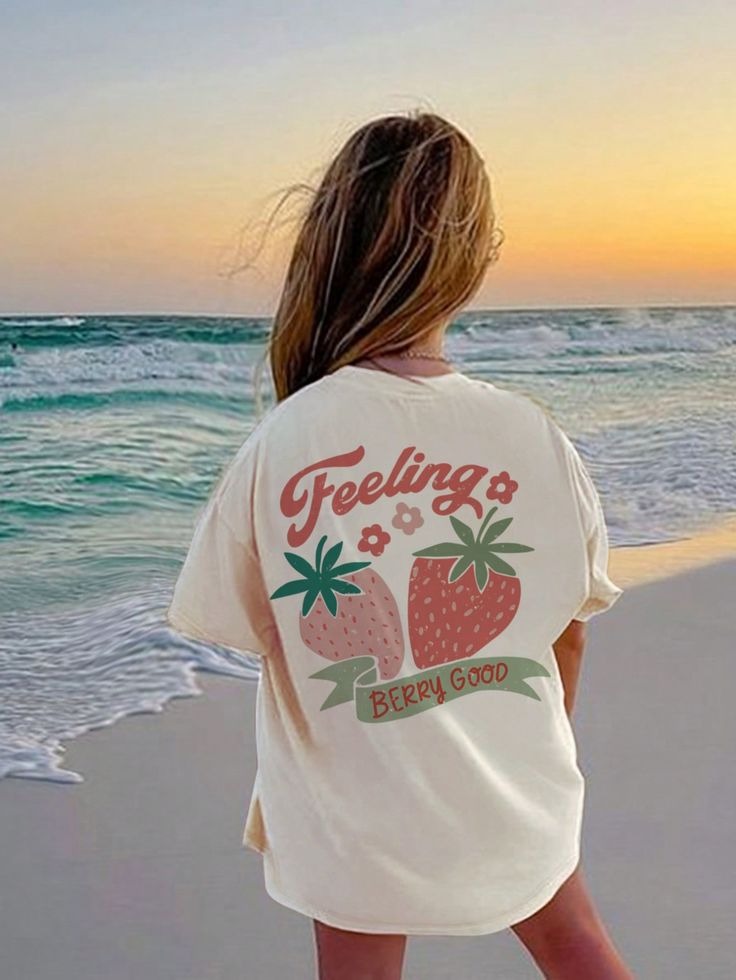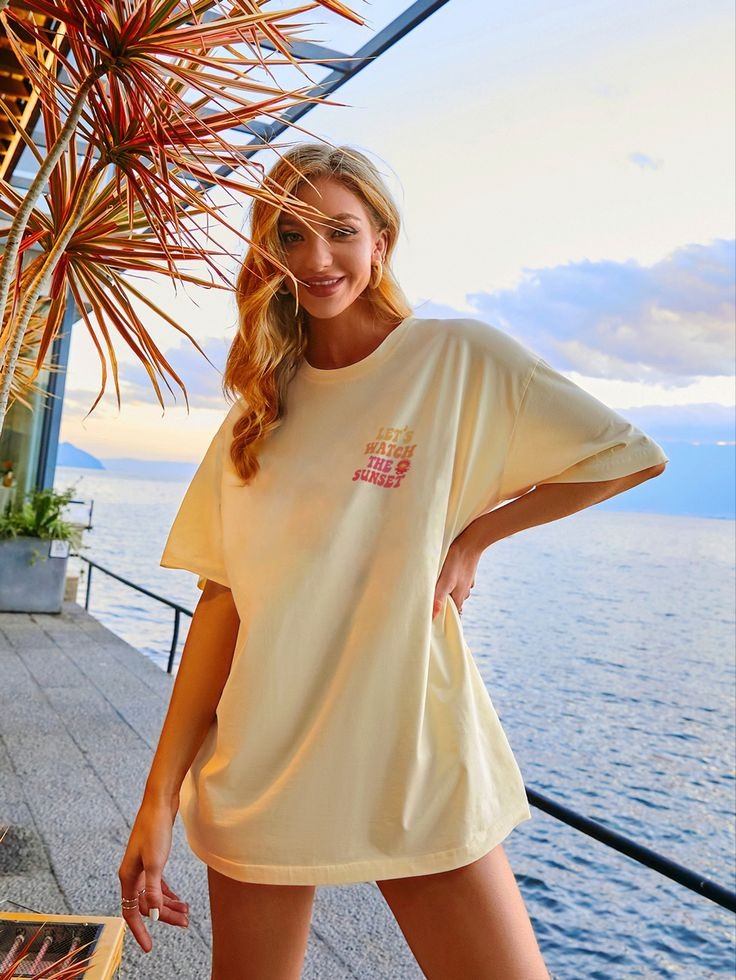No products in the cart.: 0,00$
T-Shirts: An Ever-Expanding Chronicle of Comfort, Culture, and Change

Introduction
The T-shirt stands as one of fashion’s most enduring and adaptable garments, distinguished by its minimalist construction—two sleeves, a body panel, and a simple neckline—yet boasting a narrative of profound complexity. Far more than a basic underlayer, the T-shirt functions as a canvas for self-expression, a laboratory for textile innovation, a symbol of solidarity and dissent, and a focal point of environmental debate. Its journey from functional workwear to global icon encompasses revolutions in manufacturing, landmark artistic collaborations, seismic shifts in consumer behavior, and the urgent imperative of sustainability. In this exhaustive exploration, we delve deeper and broader than ever before: tracing hidden histories, unpacking intricate supply-chain dynamics, celebrating transformative cultural “moments,” dissecting advanced material science, and envisioning the garment’s role in a future defined by circular economies and bio-digital integration.
Historical Foundations: From Utility to Ubiquity
Long before it became synonymous with casual dress, the T-shirt’s precursors emerged in the mid-nineteenth century. European textile mills responded to the needs of factory laborers and maritime crews by producing lightweight single-jersey knits that replaced restrictive, layered shirts. These early garments offered practical relief from heat and allowed rapid drying—critical for sailors aboard wooden decks. Despite this functionality, the knitted undershirt remained hidden beneath uniforms and civilian attire until the crucible of the Second World War.
In the tropical climates of the Pacific and Mediterranean theatres, service members discovered that the regulation cotton undershirt was indispensable for comfort under canvas fatigues. Survivors of campaigns at Tarawa, Guadalcanal, and El Alamein returned home with a preference for the unabashed simplicity of the knit tee. Meanwhile, surplus military stock found new life in postwar leisure culture: American families turned them into work shirts on farms, impromptu sleepwear, and cheap staples for backyard barbecues. The garment’s cultural ascendance was cemented by Hollywood’s lens: Marlon Brando’s grit-stained cotton shirt in “A Streetcar Named Desire” and James Dean’s stark white tee in “Rebel Without a Cause” refracted the T-shirt into an emblem of defiance and authenticity. By the 1950s, this once-hidden undergarment had emerged into public view, democratizing casual wear across age, class, and gender.
Material and Manufacturing Innovations: The Science of Softness and Strength
The T-shirt’s evolution in fiber and fabric technology parallels broader advances in textile science, reflecting a constant interplay between consumer demand, performance needs, and environmental impact. Early military-issue jerseys used loosely spun cotton yarns that, while breathable, exhibited pilling and shape distortion. The mid-twentieth century ushered in ring-spun cotton, its process of twisting and thinning fibers yielding yarns of higher tensile strength and smoother hand feel. This refinement reduced fraying and allowed tees to better retain their shape through repeated wears and washes.
The fitness boom of the 1970s and ’80s propelled polyester blends into the mainstream. Combining cotton’s moisture absorbency with polyester’s rapid-dry resilience, these hybrid fabrics catered to athletes and outdoor enthusiasts who valued both comfort and durability. Subsequent decades introduced spandex incorporating stretch and recovery properties that allowed tees to move with the body without sagging. Hydrophilic chemical finishes further enhanced moisture wicking, steering sweat away from skin to the fabric surface where it could evaporate.
In recent years, sustainability imperatives have driven exploration of alternative fibers and closed-loop production systems. Regenerated cellulosics—lyocell, modal, and bamboo viscose—offer soft, breathable knits derived from wood pulp, with solvent recovery systems capturing and reusing nearly all processing chemicals. Recycled polyester, sourced from post-consumer plastic bottles, has diverted billions of kilograms of plastic from landfills, though concerns about microplastic shedding have prompted research into fiber-bonding treatments that reduce fiber loss in laundering. Even agricultural byproducts—pineapple leaf, coffee grounds, orange peels—have found their way into experimental yarns, marrying waste valorization with novel tactile aesthetics.
Parallel to fiber innovation, manufacturing processes have become ever more resource efficient. Three-dimensional knitting machines now fabricate entire T-shirts to shape, eliminating cut-and-sew waste entirely. Waterless dyeing technologies utilize supercritical carbon dioxide as a dye medium, slashing water consumption by up to ninety-five percent and eliminating effluent discharge. Digital direct-to-garment printing, liberated from the labor-intensive setup of screen printing, enables full-color photographic reproductions at scale, on demand, without extensive chemical baths or rinse cycles. Together, these breakthroughs underscore the T-shirt’s role as a proving ground for low-waste, agile manufacturing paradigms.
Cultural Resonance: The T-Shirt as Mobilizer, Marker, and Medium
Embedded within the T-shirt is a potent capacity for communication. Its status as an affordable, egalitarian garment makes it an ideal vehicle for messages—political, cultural, and commercial alike. In the 1960s and ’70s, grassroots movements harnessed screen-printed slogans and graphics to unify and amplify voices against war, for civil rights, and in defense of the environment. Marchers in Selma, protesters at Woodstock, and participants at Earth Day gatherings all carried replicas of the same potent messages on their chests. The democratization of printing technology—once requiring specialized equipment and artisans—allowed even small collectives to outfit supporters with wearable banners, reinforcing solidarity through shared visual language.
Commercial fashion quickly recognized the T-shirt’s status as a mobile billboard. Luxury houses began incorporating logo-plastered tees into their collections in the 1980s, ensuring that status symbols could be broadcast as instantly as they were worn. The rise of streetwear in the ’90s and early 2000s—rooted in skate culture, hip-hop, and underground art scenes—further blurred lines between high fashion and subculture. Limited-edition “drops,” whether a collaboration between a graffiti artist and a sportswear brand or a partnership between a couture label and a pioneering streetwear label, generated frenzied anticipation and sold out within minutes. These capsule collections transformed the T-shirt into a collectible commodity, with secondary markets emerging where rare pieces commanded prices far exceeding their original retail tags.
The digital revolution has only magnified this phenomenon. Online platforms allow independent artists to design, print, and drop T-shirts in micro-limited batches, reaching global audiences without traditional gatekeepers. Social media influencers and content creators monetize personal merch lines in real time, fostering direct producer-consumer relationships. Virtual worlds and gaming environments grant avatars wardrobes of digital tees, while augmented-reality apps enable users to “try on” and share new designs before committing to purchase. In each domain—physical or virtual—the T-shirt continues to mediate identity, affiliation, and aspiration.
Stylistic Evolution: Cut, Contour, and Surface Storytelling
The T-shirt’s deceptively simple silhouette belies an almost infinite capacity for reinterpretation. Necklines extend from the classic crew to plunging V-cuts, bateau boats, squared collars, and asymmetric slashes, each choice reframing the wearer’s posture and the garment’s character. Sleeve lengths span cap, short, elbow-skimming, and three-quarter options; designers manipulate drop-shoulder seams and gusset inserts to adjust drape and movement. Hemlines curve into tunic lengths, crop to bar the waist, or dip with high-low asymmetry, altering proportion and flow.
Surface treatments amplify these structural variations. Tie-dye techniques have evolved from bleach-stamped spirals to digitally controlled resist processes that achieve predictable gradients and color transitions. All-over sublimation printing wraps photographic panoramas—ancient ruins, abstract art, data visualizations—seamlessly around the torso. Embroidery moves beyond flat stitching into three-dimensional relief, constructing textures that invite touch. Metallic and reflective inks dance with ambient light, transforming the shirt into a kinetic sculpture as the wearer moves through space. Even the most minimalist designs leverage tonal jacquards or embossed knits to convey subtle depth. In all cases, the T-shirt remains a living tapestry of cut, contour, and storytelling.
Economic Ecosystem: Fast Fashion, Ethical Brands, and the Resale Revolution
The global T-shirt market spans a broad economic terrain—season-to-season fast-fashion cycles, artisanal luxury offerings, midmarket sustainable brands, subscription rental services, and thriving secondary markets. Fast-fashion behemoths leverage vertical integration and just-in-time logistics to churn out millions of inexpensive tees, fostering a culture of disposability. Yet behind the low price tags often lie hidden costs—water-intensive cotton farming in drought-prone regions, factory effluent laden with toxins, and labor conditions that exploit low-wage workers.
At the opposite extreme, haute couture labels and bespoke ateliers produce limited-edition or made-to-measure T-shirts with artisanal processes—hand-screening, slow-batch dyeing, intricate hand-stitching—that command premium prices. These items emphasize craftsmanship, rarity, and durability, inviting wearers to invest in pieces designed to endure both physically and stylistically.
Between these poles, a vibrant midmarket of sustainable and ethical brands has emerged. These companies prioritize transparent supply chains—often certified by third-party organizations—fair labor practices, and sold-out small-batch runs that align production with actual demand rather than forecasting. Subscription and rental models further reconfigure consumption, allowing wardrobes to rotate without ownership, extending garment lifecycles through professional care, repair, and reuse.
The resale revolution completes this economic tapestry. Vintage concert tees from seminal performances, early limited-edition streetwear collaborations, and artist-signed shirts fetch premium bids on auction sites and resale platforms. Collector communities gather at pop-up markets and online forums, trading and preserving pieces that carry historical, cultural, and emotional resonance. In this dynamic ecosystem, the T-shirt transcends mere garment status to accrue social and financial capital across multiple lifecycles.
Ethical and Environmental Imperatives: Reckoning with the True Cost
Beneath the T-shirt’s cultural ubiquity lies a complex web of environmental and social challenges. Conventional cotton cultivation demands staggering quantities of water—often in water-stressed regions—while depending on synthetic fertilizers and pesticides that degrade soil and contaminate waterways. Dyeing facilities have historically discharged untreated effluents laden with heavy metals and aromatic solvents into rivers, harming aquatic ecosystems and local communities. Synthetic fibers such as polyester and nylon contribute to microplastic pollution, releasing tiny polymer fragments with every wash that infiltrate marine food chains.
Labor conditions compound these impacts. Textile and garment workers—predominantly women in low-income countries—often endure unsafe factory environments, excessive hours, and wages below living thresholds. High-visibility tragedies such as factory fires and building collapses have galvanized global attention, yet systemic vulnerabilities persist in sprawling, opaque supply chains.
In response, a constellation of initiatives seeks to fragment that opacity and heal those wounds. Regenerative agriculture for cotton emphasizes soil health, cover cropping, and biodiversity, restoring ecosystems even as fibers grow. Closed-loop mechanical recycling grinds and respins post-consumer textiles into new yarn, while chemical recycling breaks down blended fabrics into constituent monomers for repolymerization. Waterless dyeing and pigment printing cut water use and effluent by orders of magnitude. Blockchain traceability systems track garments from seed to shirt to recycling, granting consumers unprecedented visibility into production origins and labor conditions. Worker-driven safety programs, living wage coalitions, and cooperative factory models strive to rebalance power dynamics and enshrine dignity in the workplace. These efforts represent not isolated innovations but the scaffolding of an emergent circular economy.
Styling and Wardrobe Integration: The Universal Anchor
The ultimate triumph of the T-shirt lies in its chameleon-like ability to anchor wardrobes across contexts. A crisp white crew-neck in long-staple pima cotton delivers refined minimalism beneath tailored blazers or structured coats. A draped, off-shoulder design in modal channels island breezes at sunlit soirées. Fitted performance tees—mesh-vented and quick-dry—pair with slim joggers and sleek trainers for an urbane athletic aesthetic. Oversized, boxy silhouettes balanced with tapered trousers articulate contemporary streetwear sensibilities.
Seasonal layering unlocks further creative potential. In cooler months, a merino-blend long-sleeve tee serves as a moisture-wicking base beneath chunky knits and parkas without bulk. Transitional styling in spring and autumn pairs lightweight linen-cotton blends with utility vests or unstructured sport coats. Summer ensembles lean on cropped lengths, high-slit hems, and airy fabrics paired with sandals or espadrilles. Accessories—scarves, sculptural belts, minimalist jewelry—intervene with subtle flair, foregrounding the T-shirt’s versatility without overpowering its essential simplicity.
Care, Repair, and Upcycling: Cultivating a Culture of Longevity
Extending the life of a T-shirt demands intentional care habits. Gentle washes inside-out in cold water with biodegradable detergents shield both fiber integrity and surface treatments. Air-drying or low-heat tumbling prevents shrinkage and fiber stress. Low-temperature, inside-out ironing maintains crispness without damaging prints or embellishments. Avoiding fabric softeners preserves moisture-management finishes and elasticity.
When wear emerges—frayed hems, small holes, seam stress—it presents an opportunity for mending rather than replacement. Invisible darning can restore structural integrity, while visible patchwork and embroidered embellishments transform flaws into personalized statements. Community repair cafés, online platforms, and maker workshops democratize these skills, fostering a culture that values craft and stewardship over disposability. Creative upcycling reimagines retired tees as quilts, tote bags, wall hangings, or even sculptural installations, embedding personal and collective narratives into new functional objects.
Future Horizons: Smart Textiles, Biofabrication, and a Circular Vision
Looking ahead, the T-shirt stands poised at the nexus of biology, materials science, and digital innovation. Conductive fibers woven into knit structures already enable real-time biometric monitoring—heart rate, body temperature, posture—streaming data to health-tracking platforms. Phase-change materials and shape-memory polymers could dynamically adjust insulation and breathability in response to environmental conditions and wearer activity, eliminating the need for multiple layers. Augmented-reality garments may overlay interactive graphics visible through smart glasses, merging digital art with physical cloth.
On the supply-chain front, on-demand knitting kiosks in retail settings promise zero-inventory customization, fabricating made-to-measure shirts in minutes. Biofabrication techniques may grow cellulose and protein-based fibers in microbial cultures, drastically reducing land, water, and chemical use. Carbon capture polymers could convert atmospheric CO₂ into structural yarns, transforming greenhouse gas into garments that sequester carbon. Integrated digital passports—powered by blockchain—would document each shirt’s life story from seed to shelf to recycling, ensuring transparency and accountability at every stage.
Conclusion
The T-shirt’s tapestry—woven from threads of history, science, artistry, and activism—continues to expand in richness and complexity. From its utilitarian origins in naval fleets and factory floors to its present stature as a global canvas for identity, protest, and technological experimentation, it remains a testament to human creativity and resilience. As we confront ecological crises and labor inequities, the T-shirt challenges us to reimagine production and consumption through principles of circularity, transparency, and regeneration. Looking forward, bio-digital integration and regenerative materials promise to reshape both what we wear and how we manufacture it. In every fiber lies not only a story of where we have been but also a blueprint for where we might go—reminding us that even the simplest garment can carry the weight of profound possibility.




